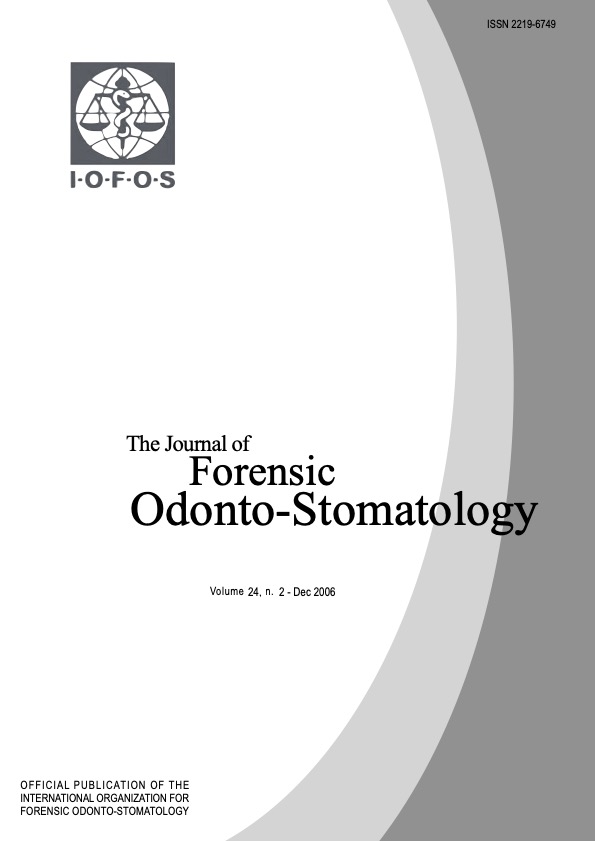Classifications used by Australian forensic odontologists in identifications reports
Abstract
Forensic odontologists are repeatedly called upon to assist in the identification of deceased persons. A great deal of information is available in the literature as to how and why comparative dental investigation of identification is performed but there is little information on the descriptive terms used in reporting these identifications. A forensic odontology report sets out the findings of a comparison between antemortem and postmortem evidence and indicates the odontologist’s opinion on the identification. This opinion needs to be defendable in a court of law. This paper investigates the classifications utilised in the six states and two territories of Australia and reflects on the differences. Three states of Australia use American Board of Forensic Odontology classifications, whilst the remaining regions use a modified format. Since there are no significant legal, cultural or religious differences, and similar practitioners and clients, variation between regions within Australia would seem hard to justify. National standard terminology should be encouraged.

